If You Can’t Beat It, Use It: An Exercise Guide to Post-Joint Replacement Wellness
It all started over 40 years ago, when I chose as my sport – some would say, my life – the Korean martial art of Tae Kwon Do. I was young, fit, pretty strong and, unbeknownst to me, very flexible – perfect for the art of kicking high and hard. Once I got hooked on it, I was in the gym a few hours a day, 6-7 days a week…for the next almost 20 years. That did not include the running I did to get my cardiovascular conditioning primed for the art and sport I was practicing at high levels of both skill and competition. I knew then, at age 19, that I was going to pay for the training and abuse I was putting my body through, but not until I was older, say, 40 or so.

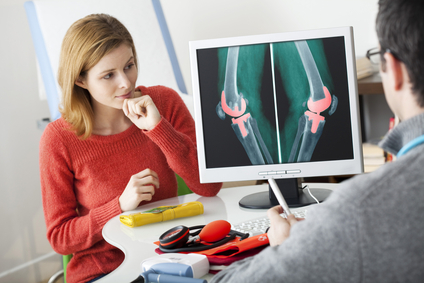
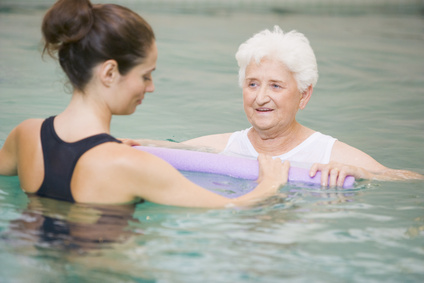
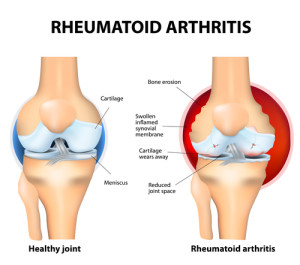 When left unchecked, rheumatoid arthritis can be majorly debilitating and cause real and continued pain. However, if you’re willing to do the research and put in the work, you can do certain exercises which can majorly reduce the symptoms, improve your overall mood and actually make you that much physically healthier, generally speaking, which can only be a good thing. The real question then is, what sort of exercises ought you be doing to try and achieve this. Well, let’s take a look at five ways to help improve those symptoms.
When left unchecked, rheumatoid arthritis can be majorly debilitating and cause real and continued pain. However, if you’re willing to do the research and put in the work, you can do certain exercises which can majorly reduce the symptoms, improve your overall mood and actually make you that much physically healthier, generally speaking, which can only be a good thing. The real question then is, what sort of exercises ought you be doing to try and achieve this. Well, let’s take a look at five ways to help improve those symptoms.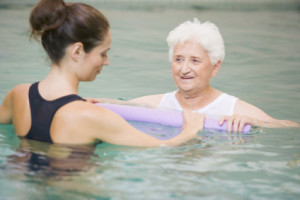
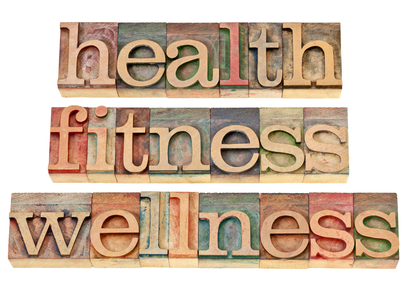
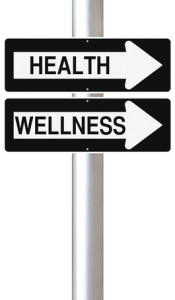 Those living with arthritis can live well and have a good quality of life by employing lifestyle interventions as medicine, in conjunction with, prevention, joint protection, weight management, physical activity, wise food choices, stress management and a good medical regimen. By combining all these necessary recommendations into a personalized Wellness Strategy and Plan, a coach can assist an arthritis patient in organizing what is important for them to live life well. The Wellness Plan then becomes a map by which to navigate toward managing and maximizing the patient’s best life possible.
Those living with arthritis can live well and have a good quality of life by employing lifestyle interventions as medicine, in conjunction with, prevention, joint protection, weight management, physical activity, wise food choices, stress management and a good medical regimen. By combining all these necessary recommendations into a personalized Wellness Strategy and Plan, a coach can assist an arthritis patient in organizing what is important for them to live life well. The Wellness Plan then becomes a map by which to navigate toward managing and maximizing the patient’s best life possible.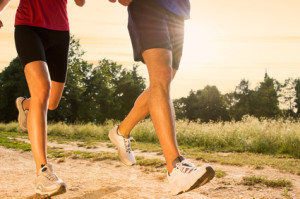
 these gaps between the medical team and patient by following up with patients and guiding a patient-centered approach, asking about needs and addressing obstacles, addressing health literacy, cultural issues and social-class barriers.
these gaps between the medical team and patient by following up with patients and guiding a patient-centered approach, asking about needs and addressing obstacles, addressing health literacy, cultural issues and social-class barriers.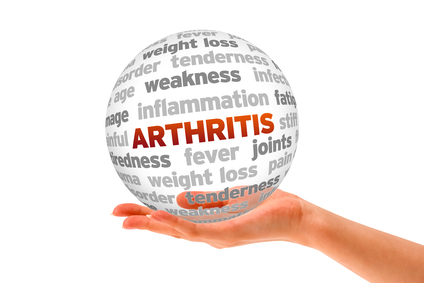
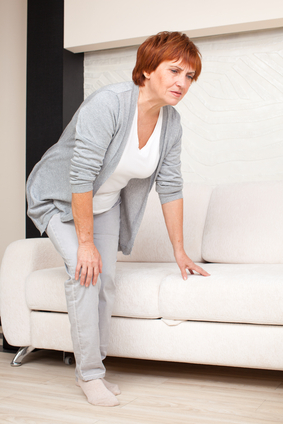 Can Stress and Anxiety Actually Worsen Symptoms of Arthritis?
Can Stress and Anxiety Actually Worsen Symptoms of Arthritis? Learning how to cope and finding ways to relieve tension can improve an individual’s quality of life physically and emotionally. One tip to handling stress would be to stay as active as you can throughout the day. Many people who have arthritis are often fearful of performing exercises simply because they worry it might make the pain worse or damage the joints, however, physical activity can actually improve the symptoms of rheumatoid and osteoarthritis. Daily activities like swimming and walking can reduce stiffness and stress on the joints while releasing endorphin hormones, (the hormones that make you feel good), ultimately improving the pain associated with arthritis and putting you in a better mood altogether.
Learning how to cope and finding ways to relieve tension can improve an individual’s quality of life physically and emotionally. One tip to handling stress would be to stay as active as you can throughout the day. Many people who have arthritis are often fearful of performing exercises simply because they worry it might make the pain worse or damage the joints, however, physical activity can actually improve the symptoms of rheumatoid and osteoarthritis. Daily activities like swimming and walking can reduce stiffness and stress on the joints while releasing endorphin hormones, (the hormones that make you feel good), ultimately improving the pain associated with arthritis and putting you in a better mood altogether.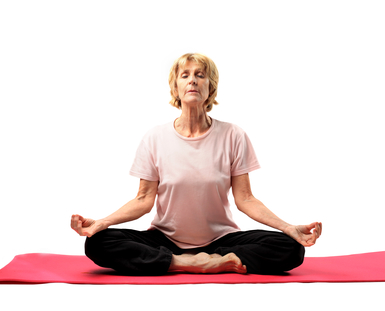
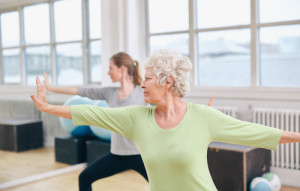 Just as yoga can improve overall physical fitness for healthy individuals, it can improve fitness for people with arthritis. But with this population, the stakes are even higher. Yoga can improve balance, which prevents dangerous falls. Yoga practice can enhance flexibility, which allows individuals to maintain mobility over time. Improved strength means greater joint stability. Improved strength means a reduction in the muscle loss that accompanies some forms of arthritis. Improved strength means an increased ability to participate in everyday activities that can be challenging as joints deteriorate.
Just as yoga can improve overall physical fitness for healthy individuals, it can improve fitness for people with arthritis. But with this population, the stakes are even higher. Yoga can improve balance, which prevents dangerous falls. Yoga practice can enhance flexibility, which allows individuals to maintain mobility over time. Improved strength means greater joint stability. Improved strength means a reduction in the muscle loss that accompanies some forms of arthritis. Improved strength means an increased ability to participate in everyday activities that can be challenging as joints deteriorate.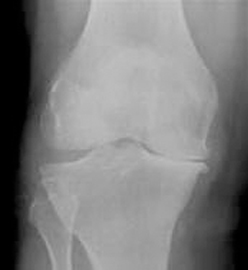
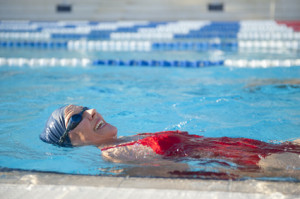 Water exercise
Water exercise
 They are two major forms of arthritis:
They are two major forms of arthritis:  Flexibility: Static stretching and foam rolling may be used as tolerated for the areas of the body that appear to be overactive. These can be performed seated or standing.
Flexibility: Static stretching and foam rolling may be used as tolerated for the areas of the body that appear to be overactive. These can be performed seated or standing.
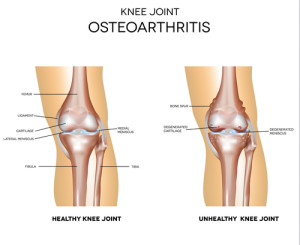 Osteoarthritis primarily affects older adults over 50. As opposed to most millennials today, this generation of adults didn’t grow up with exercise being a regular part of life. As such, there is a high degree of sedentary people who also suffer from osteoarthritis and needing joint replacement.
Osteoarthritis primarily affects older adults over 50. As opposed to most millennials today, this generation of adults didn’t grow up with exercise being a regular part of life. As such, there is a high degree of sedentary people who also suffer from osteoarthritis and needing joint replacement.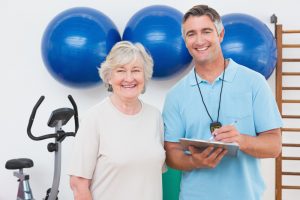 I have worked with Dr. Irv Rubenstein to put together a course like none other that will get personal trainers up to speed as quickly as possible on the essentials. We go over what happens in the joints and how they deteriorate as well as what happens during and after joint replacement surgery.
I have worked with Dr. Irv Rubenstein to put together a course like none other that will get personal trainers up to speed as quickly as possible on the essentials. We go over what happens in the joints and how they deteriorate as well as what happens during and after joint replacement surgery.